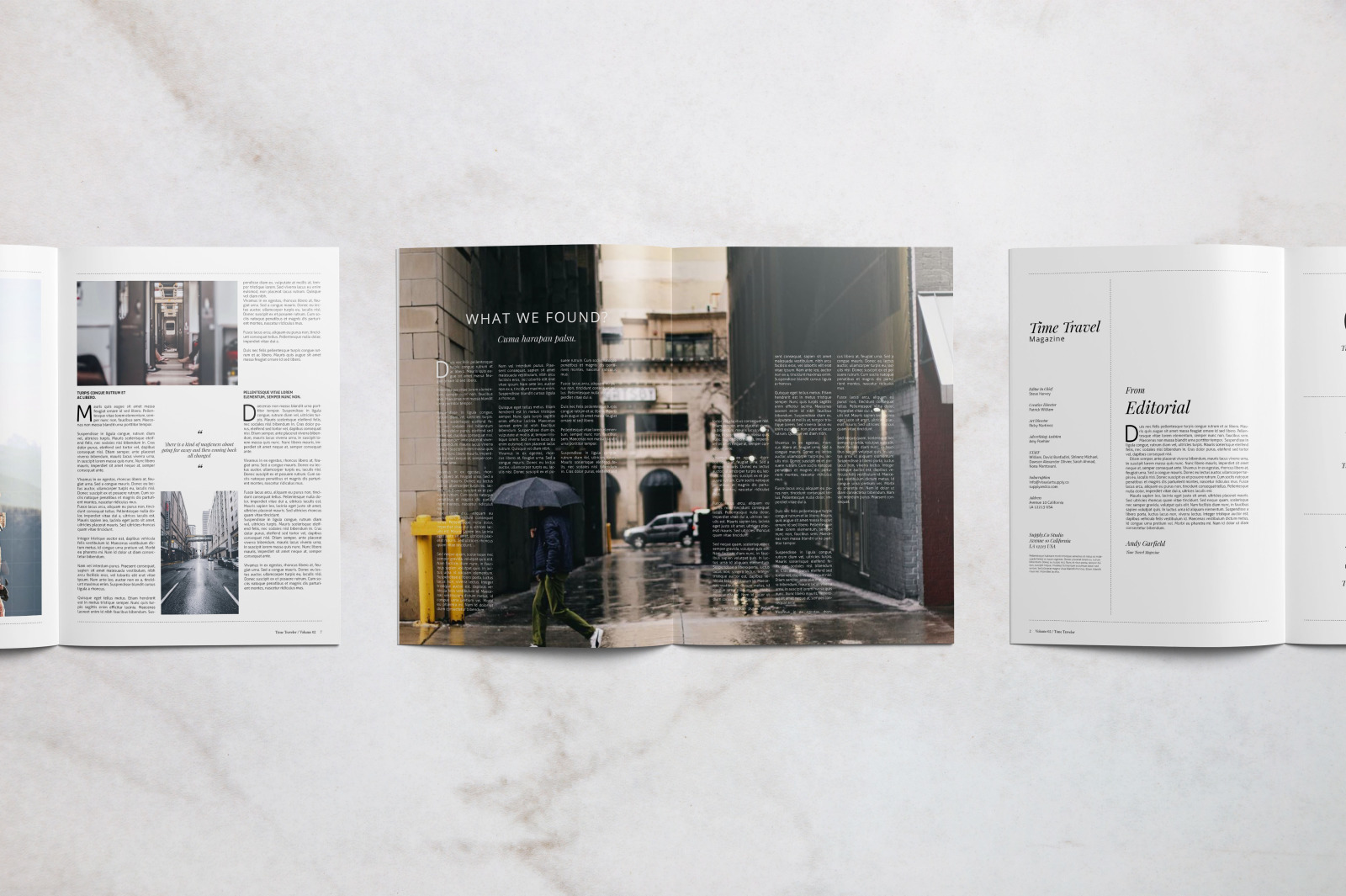

Each of the new communication strategies emerges slowly over a number of months, years or even decades. The visualization also reveals an important “meta-pattern”: almost all changes are gradual.Later, these two different strategies come to co-exist: portraits return to neutral backgrounds, while concepts are now represented by compositions which may include both objects and people – but not particular individuals.

Over time, portrait backgrounds change to feature compositions representing concepts. Content: Initially most covers are portraits of individuals set against neutral backgrounds.However, since the end of the 1990s, this trend is reversed: recent covers have less contrast and less saturation. Contrast and Saturation: Both gradually increase throughout the 20th century.Brightness: The changes in brightness (the mean of all pixels’ grayscale values for each cover) follow a similar cyclical pattern.Hue: Distinct “color periods” appear in bands: green, yellow/brown, red/blue, yellow/brown again, yellow, and a lighter yellow/blue in the 2000s.
#Time magazine layout full
black and white: The shift from early black and white to full color covers happens gradually, with both types coexisting for many years. In the 1990s we see emergence of the contemporary software-based visual language which combines manipulated photography, graphic and typographic elements. In the later decades the photography gradually comes to dominate again.

After 1941, the magazine switches to paintings.


 0 kommentar(er)
0 kommentar(er)
